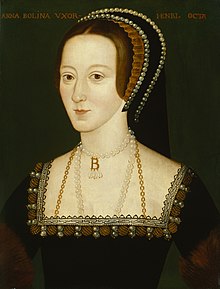
A Mother’s Love
Anne Boleyn also did her utmost to protect her small daughter during those “bloody days” in 1536. On the 26th April 1536, Anne asked her chaplain Matthew Parker to ensure that Elizabeth was cared for if anything happened to her and Parker later became Elizabeth I’s first Archbishop of Canterbury, showing that he was a man who Elizabeth trusted and respected her. In The Lady in the Tower, Alison Weir quotes from John Strype, describing how Parker told William Cecil that “he would fain serve his sovereign lady in more respects than his allegiance, since he cannot forget what words her Grace’s mother said to him not six days before her apprehension.”1
On the 16th May 1536, Archbishop Cranmer visited Anne Boleyn in the Tower of London to get her permission to annul her marriage to Henry VIII and to bastardise her daughter, Elizabeth. Although this must have hurt Anne deeply, it is likely that she acquiesced not only to try and save herself but also to keep her daughter safe from harm. Anne’s submissive execution speech, where she accepted the judgment against her and her fate, was also probably an attempt to protect her daughter. Anne obviously had no idea that her daughter would one day be one of the greatest monarchs in English history, she was simply a mother acting out of a mother’s love.
I am writing a series of articles as a countdown to the anniversary of Anne Boleyn’s execution on the 19th May so please do visit www.theanneboleynfiles.com – the first one is Mark Smeaton with the Marmalade in the Cupboard
Notes
1 – The Lady in the Tower: The Fall of Anne Boleyn, Alison Weir, p94, quoting from Strype Historical and Biographical Works (59 vols., Oxford, 1812-1828)

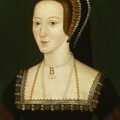
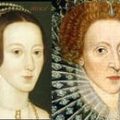


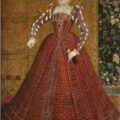
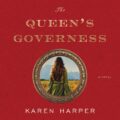
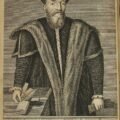


To me, Elizabeth was Anne’s ultimate vindication. It touches me deeply to see how hard Anne was apparently trying to keep her daughter safe in such a dangerous time. Obviously, her efforts paid off in the long run. 🙂
What is interesting about the link with Matthew Parker is that he was a Cambridge educated man, and an associate, therefore, with the Cambridge set that was later led by William Cecil. Parker and Cecil were life-long friends (though Cecil was younger). When Anne entrusted her daughter’s welfare and intellectual destiny to Parker she was at the same time aligning her with the very people who may have guided and protected her during her most difficult days – during the dangerous and turbulent decade preceding her coronation, that is. The Cambridge set included two of Elizabeth’s tutors, namely John Cheke and Roger Ascham, and also, of course, John Dee – one of the most important players during the early days of her reign. This tends to suggest that a reformed humanist undercurrent was established even then, and that Anne would have been well-aware of it.
After reading what Rob wrote, I am even more impressed with Anne and her knowledge of people to know who to ask to look after her daughter.